Let me start by saying that I embrace the use of technology in both the business and social worlds.
Look, if it hadn’t been for early adopters like me, who purchased the Apple Newton in the early 90s (and then returned for the Newton II), we may never have seen the development of the iPhone, iPad and their competitors!
It’s just that sometimes we lose sight of what it is we’re trying to improve or achieve. We believe that technology will be the panacea to our business issues.
This is often the biggest mistake organisations make when choosing technology.
I’m a strong advocate of technology, particularly in our own organisation. I believe it can bring tremendous benefit to business.
However, without a clearly defined business outcome and well-planned implementation and processes, it’s unlikely the business will gain any real benefit.
It’s more likely it’ll be left with a real cost and no benefit.
The fact is that technology isn’t always the answer
If you don’t already have a clear strategy, and you haven’t spent the time developing processes and guidelines and ensure they are being followed, then the use of technology is not going to enhance your business.
Technology can certainly make a business more efficient. However, I emphasise to people that it’s not necessarily a prerequisite to achievement and improvement.
To reinforce the point, on a number of occasions I’ve pointed out the Sydney Harbour Bridge to illustrate what’s been achieved without the technology we now take for granted. It was designed with little more than pencil, paper and a slide rule.
I encourage people to question the business worth of technology before proceeding too far down the path.
Technology doesn’t create the process
Technology may be an enabler of a process, although it doesn’t necessarily make a process efficient.
But if people won’t embrace a manual process, they usually won’t embrace it just because it’s technology-based. The same people who won’t fill in a paper timesheet are the same people who won’t enter the information into the new timesheet application.
So, for it to work:
- plan for the desired outcome
- make sure you’re able to measure its benefit to the business
- make sure you spend the time developing the required processes prior to, or at least in conjunction with, the implementation
- develop a culture that works to a process, but isn’t constrained by it
- then, use technology to make that process efficient.
Don’t accept the technology panacea at face value.











